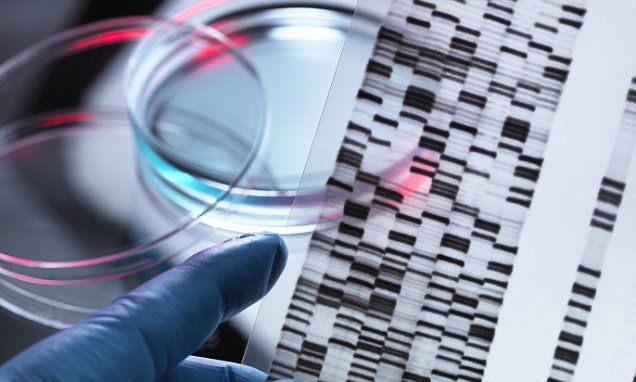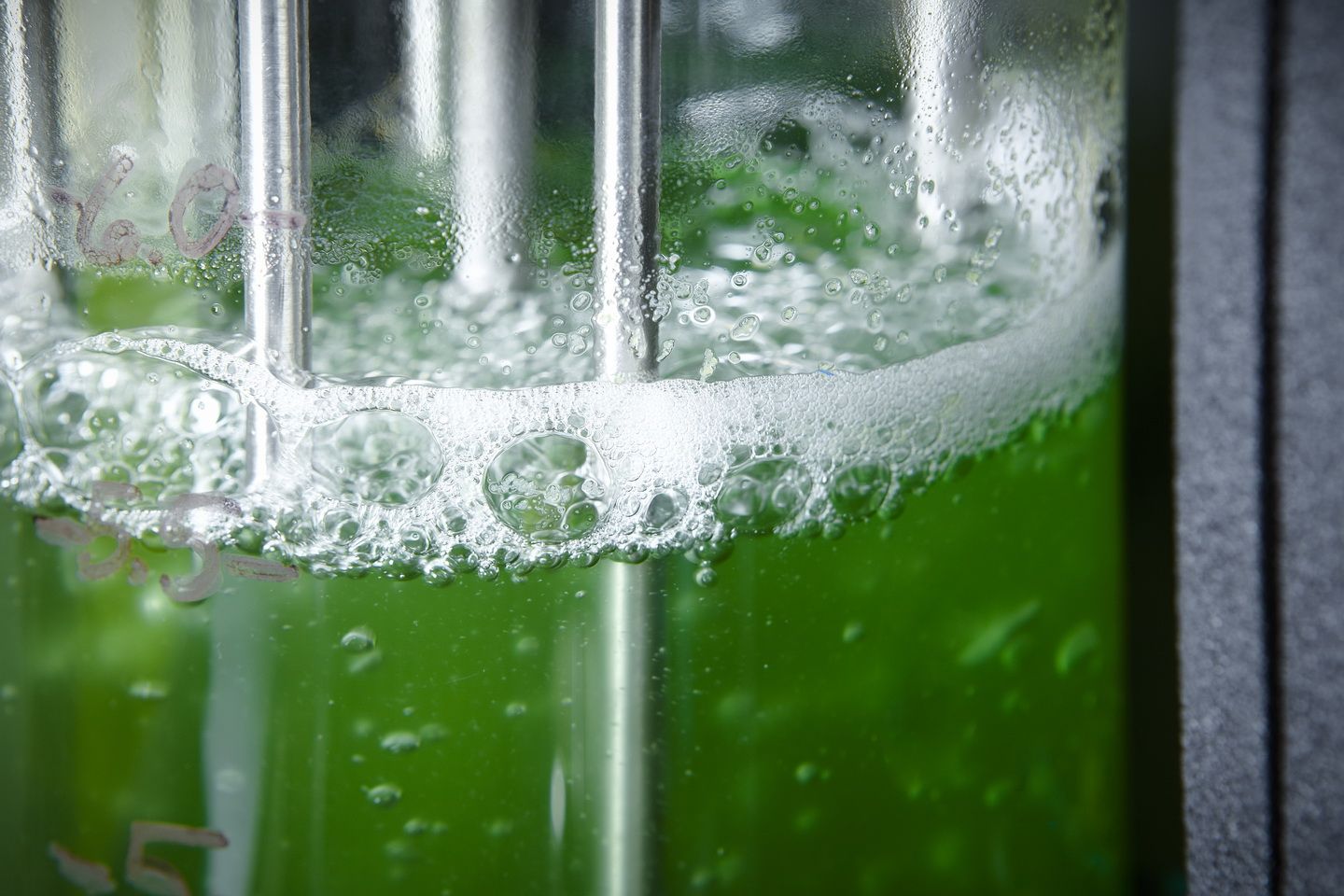Sep 7, 2016
The Science of a New Space Race
Posted by Karen Hurst in categories: bioengineering, biotech/medical, economics, health, science, security, space, sustainability
The future frontier for hackers is synthetic biology.
Landmark scientific projects such as the Human Genome Project can encourage international cooperation and bring nations together. However, when security interests and defence research align with the prestige of a landmark project—international competition is all but assured. Synthetic biology is a scientific discipline less than a decade old, and the potential defence and security applications may create a new space race, this time between the USA and China.
The larger concern is not that this race may happen, but that if it does it will politicise and militarise an ethically sensitive area of the life sciences at a time when this frontier technology is critical to maintaining a sustainable world.

















